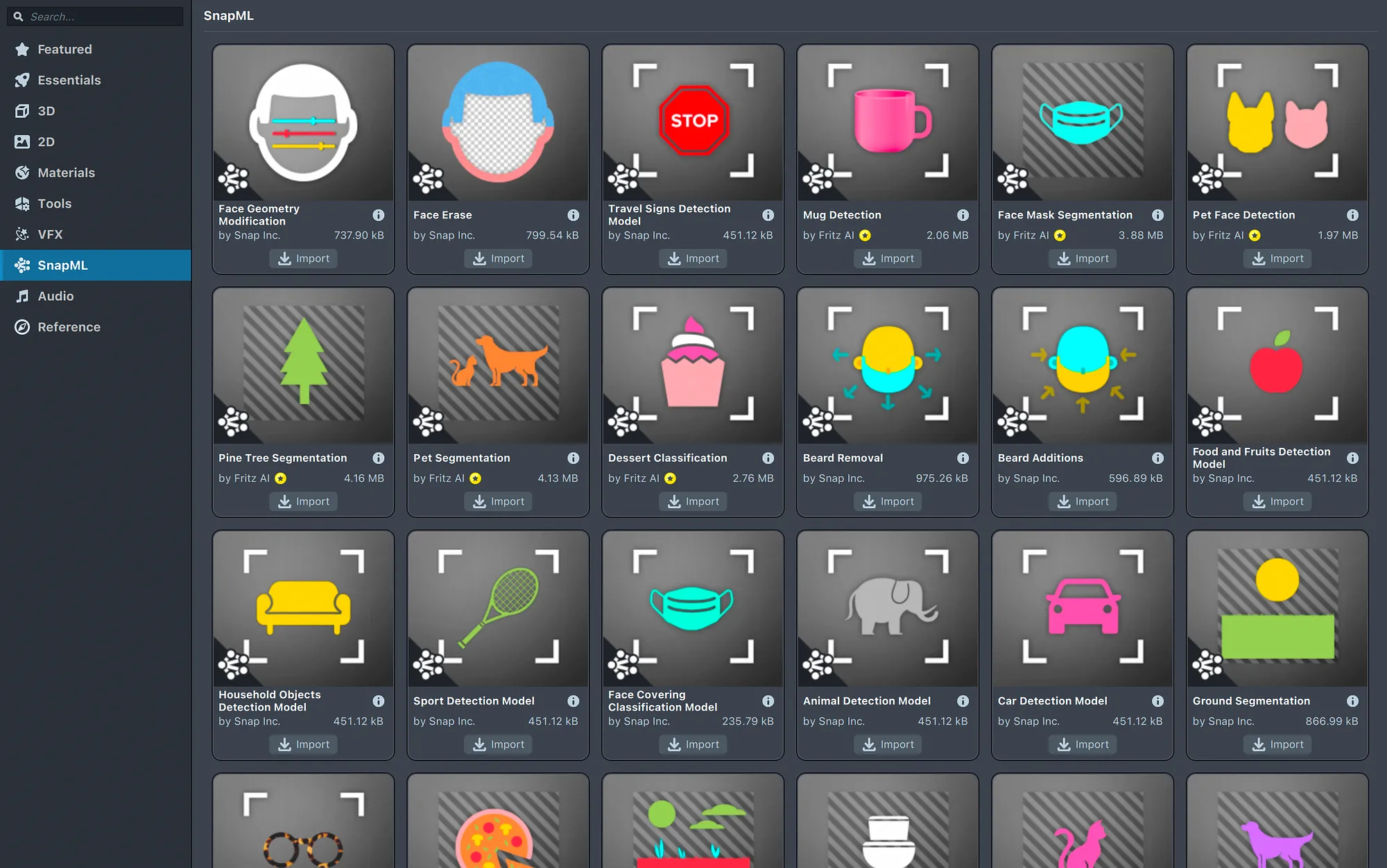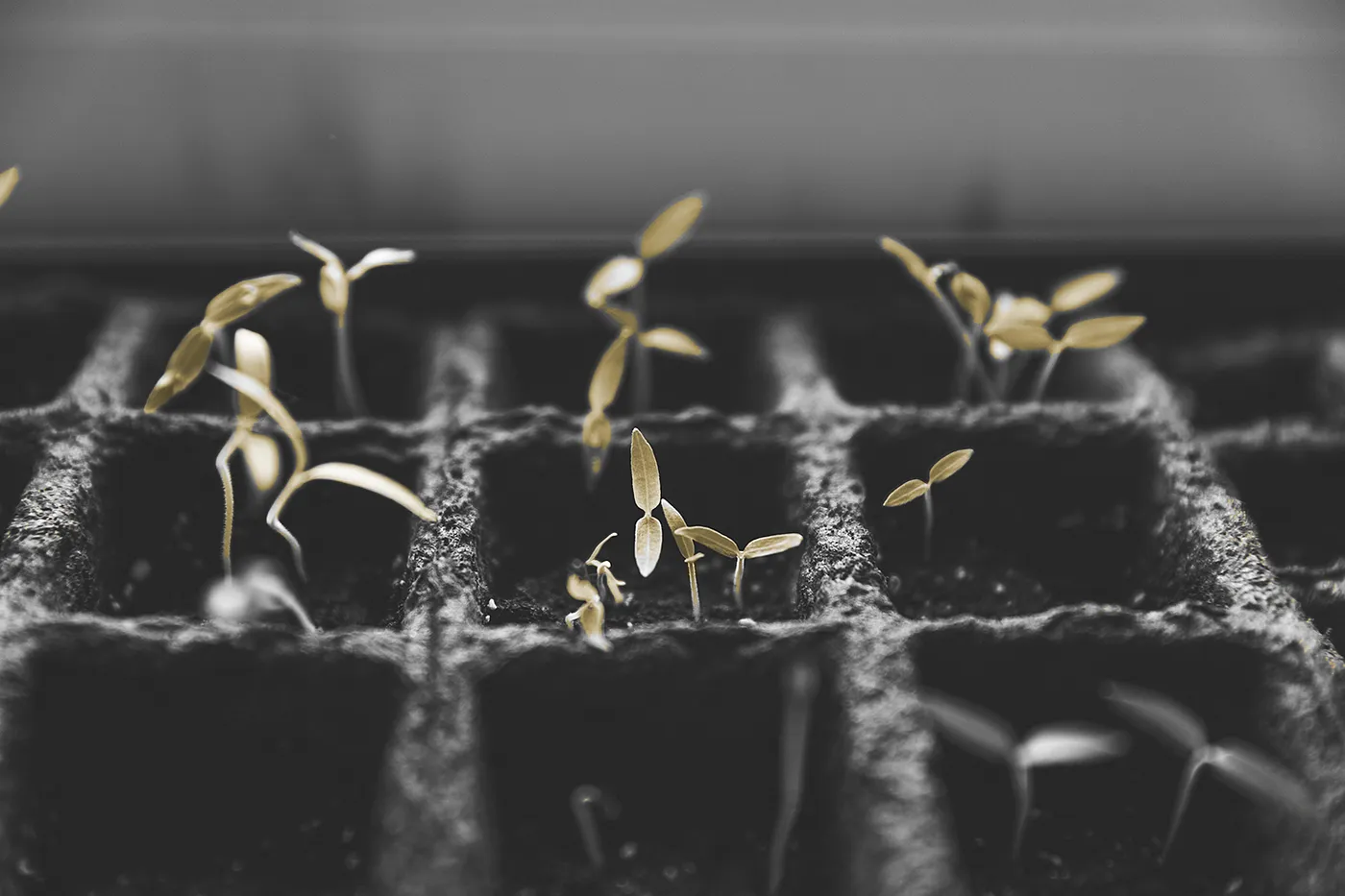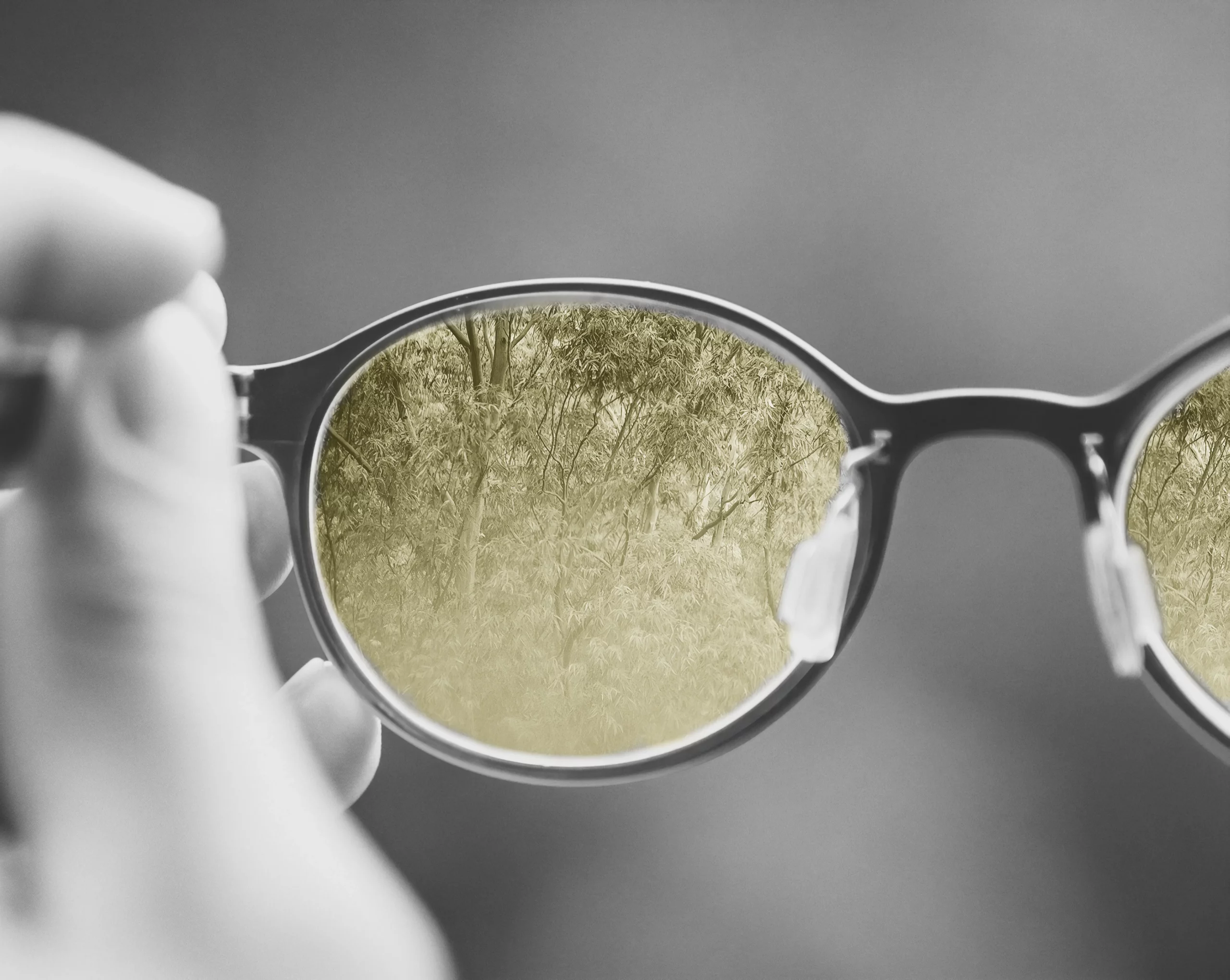When Snapchat’s Lens Studio released SnapML as a core part of their 3rd major platform update (3.0) back in June of 2020, our antennae immediately raised at the introduction of a new mobile platform for machine learning models.
We seized the opportunity, got to work, and less than a year later, a collection of our machine learning models have been baked into Lens Studio 3.4, the latest release of Snapchat’s flagship design tool. That’s right—Lens Creators can now directly access ML models designed and built specifically for Lens Studio by our team of experts!
Continue reading “Fritz AI Models Included in Lens Studio 3.4 Asset Library”









